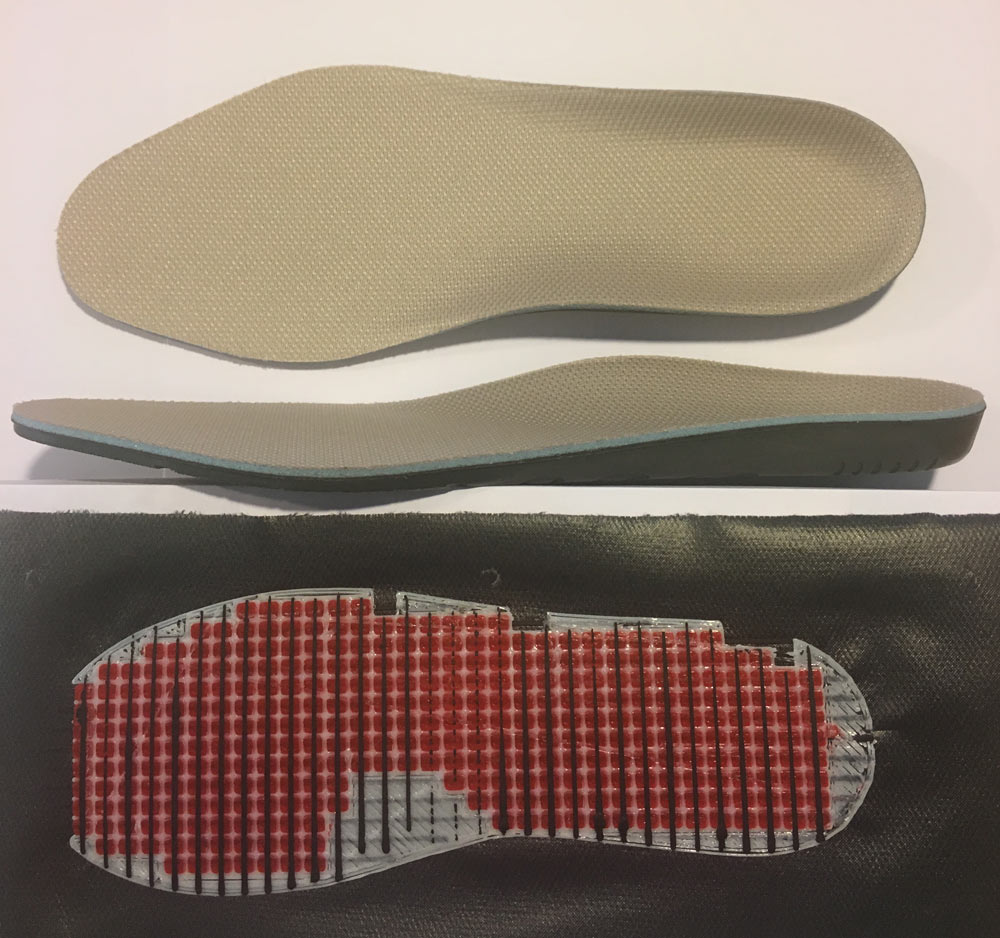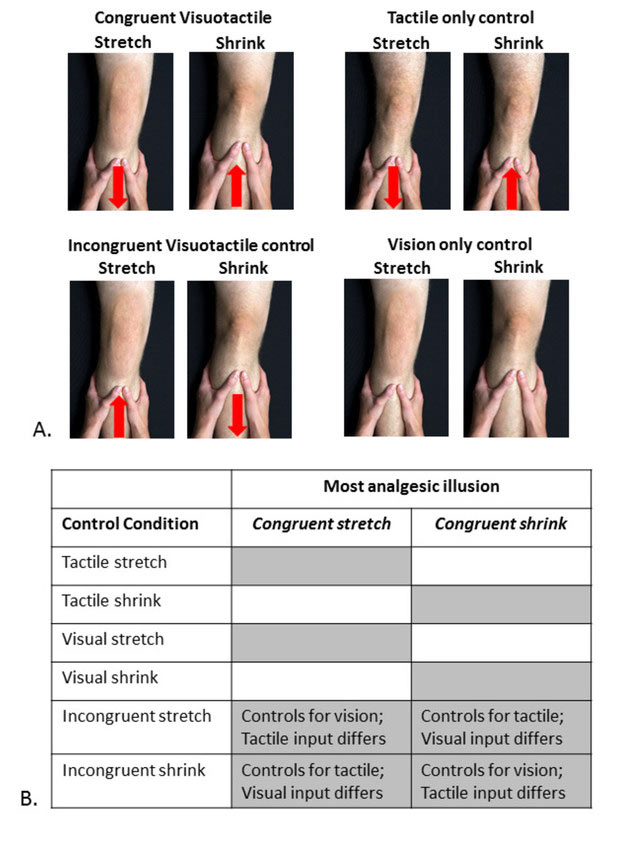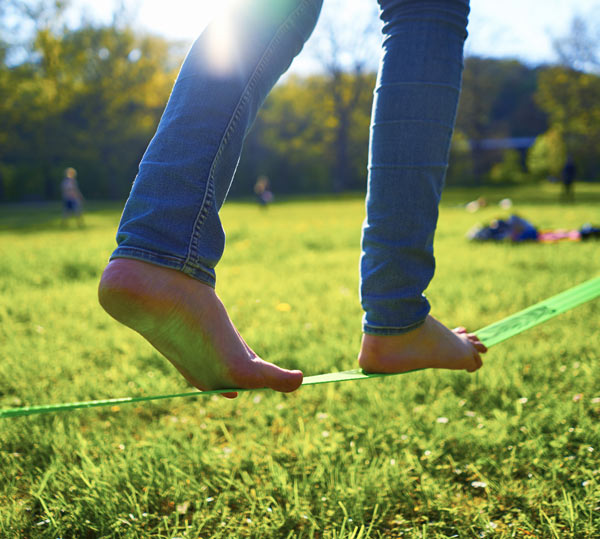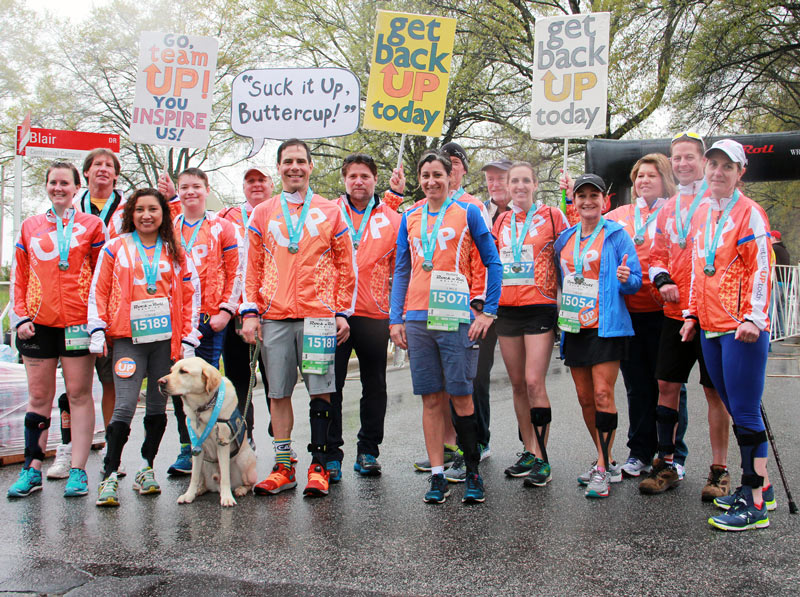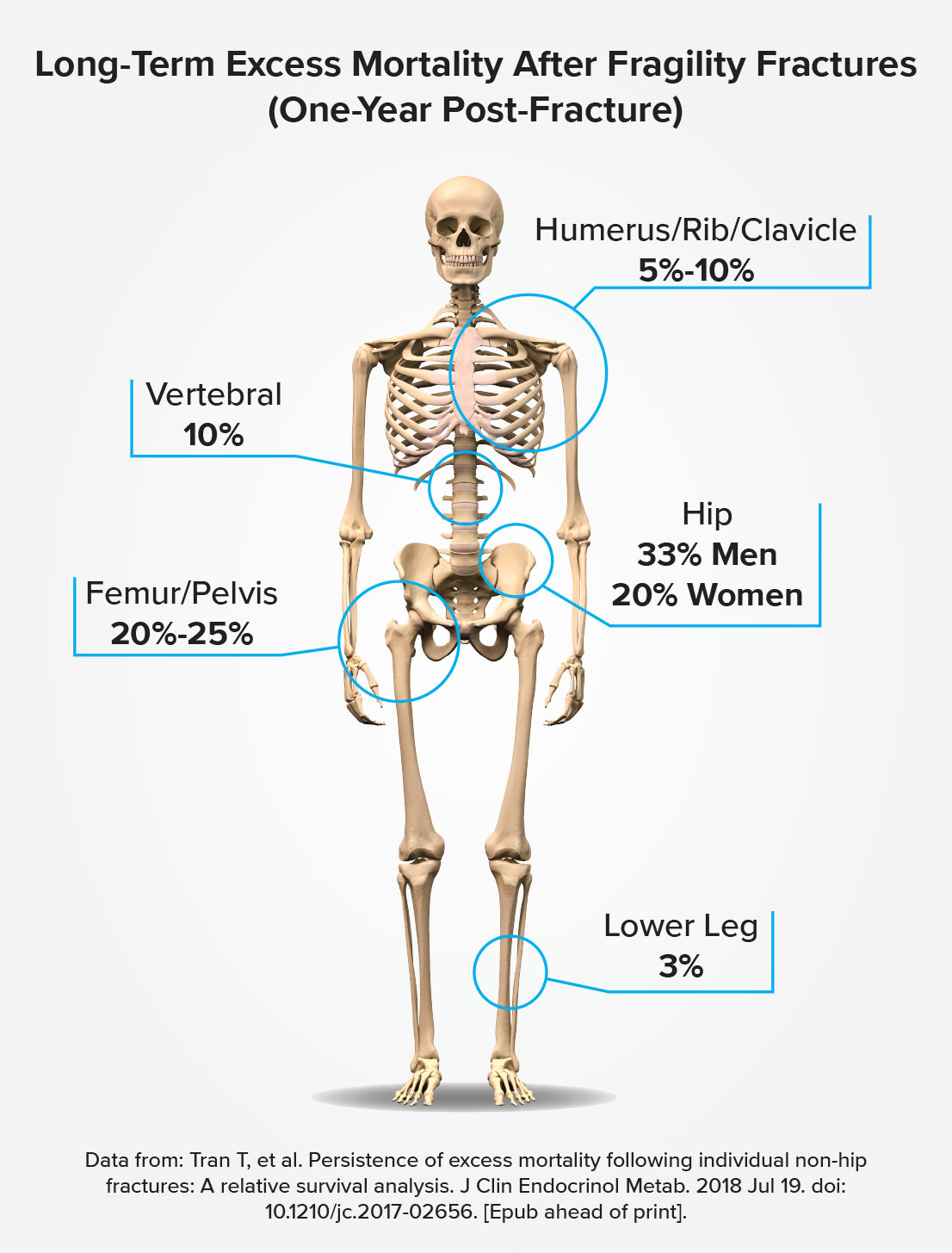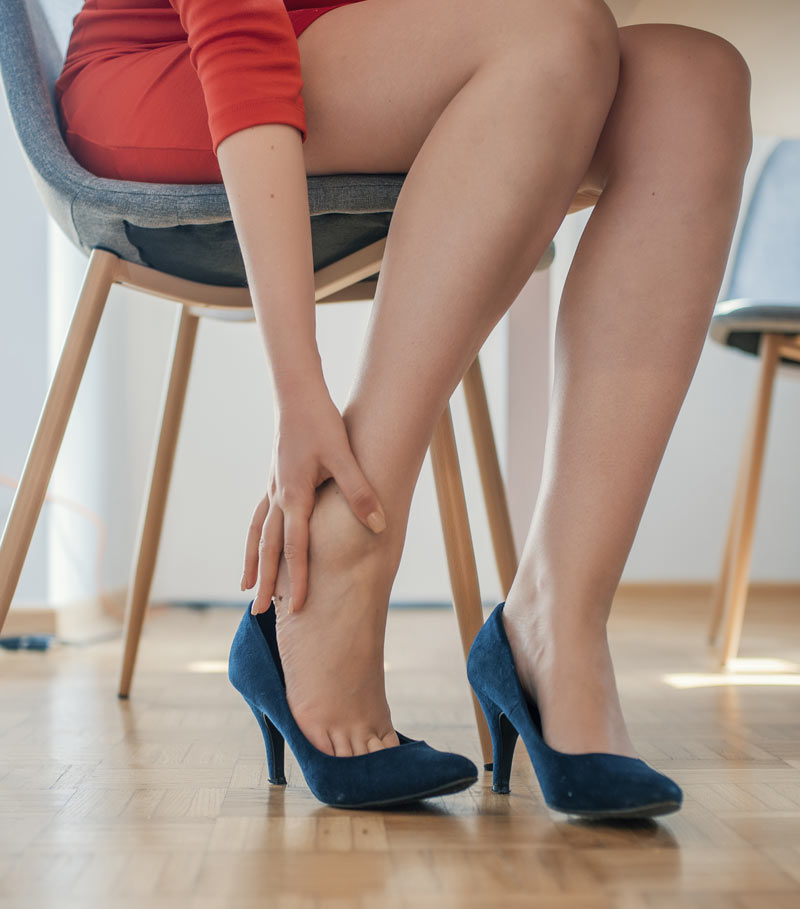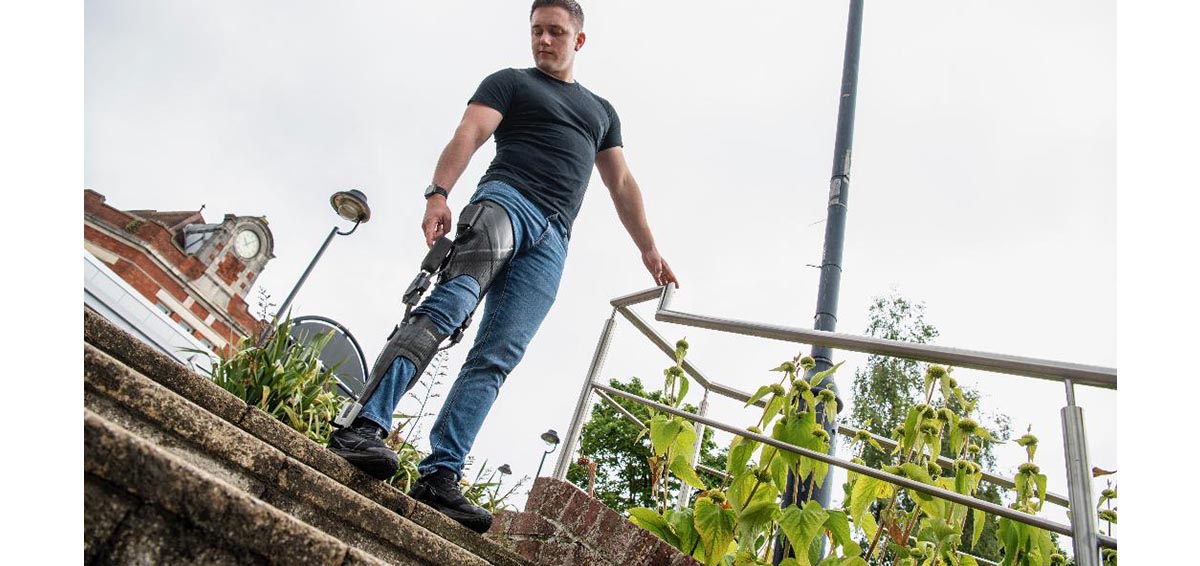Orthopedic surgeon and LER Editorial Advisory Board Member Craig R. Bottoni, MD, and colleagues John D. Johnson, DO, CPT, Liang Zhou, MD, Sarah G. Raybin, BA, MAJ, James J. Shaha, MD, COL (ret), Kenneth K. Lindell, MD, MAJ, and David D. Thoma, DO, were…
Craig R. Bottoni, MD


